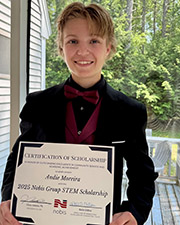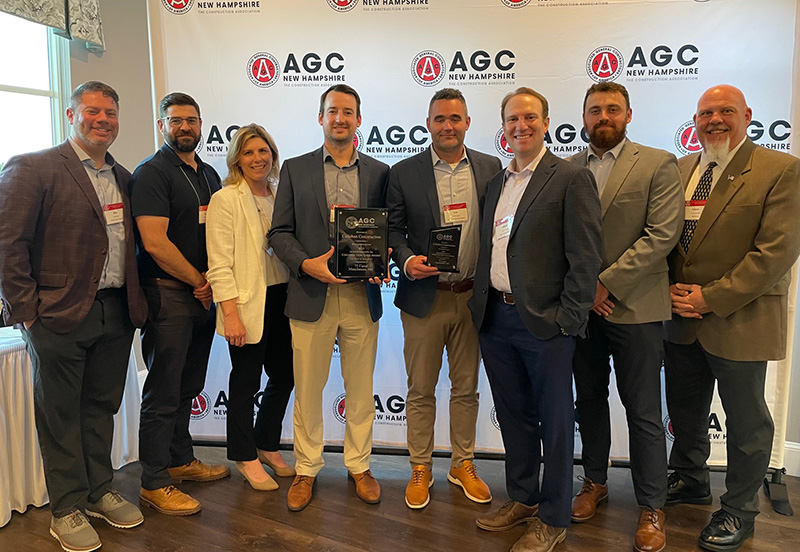News: Construction Design & Engineering
Posted: May 16, 2013
Mass. Dept. of Environmental Protection proposes changes to environmental cleanup regulations
The Massachusetts Department of Environmental Protection (MassDEP) is proposing changes to the state's environmental cleanup regulations. These regulations, known as the Massachusetts Contingency Plan (MCP), govern the identification, reporting, assessment and cleanup of hazardous waste releases.
Real estate transactions routinely involve environmental due diligence. Further, a certain percentage of real properties are impacted by hazardous waste releases. If implemented, these changes will affect the findings of future real estate due diligence efforts as well as the closure costs of properties impacted by hazardous waste spills and other releases. The public comment period for the draft regulations ended on May 17th.
The MassDEP hopes the proposed amendments will "enhance, regulatory efficiency in a manner that benefits both parties conducting the response actions and MassDEP, while maintaining a high level of environmental protection."
Proposed key changes include:
New Name for Site Closures
"RAO", the cryptic acronym for hazardous waste site closure, will disappear. The new terms for site closures will be "Permanent Solution", "Permanent Solutions with Conditions" and "Temporary Solutions." The MassDEP hopes this plainer language will help the public more easily understand the type of closure involved with a particular site.
Vapor Intrusion
Vapor intrusion refers to the migration of volatile organic compounds (VOCs) from contaminated groundwater or soil into the indoor air of a nearby building. Recently, this has become a major concern of regulatory agencies. Like mold, vapor intrusion was not considered a major health hazard many years ago when the MCP was first written. However, since the emergence of data and research demonstrating the seriousness of vapor intrusion, MassDEP has worked hard to address this health threat.
The proposed regulations set clearer standards regarding the evaluation and mitigation of vapor intrusion. Perhaps the biggest change will be the ability to close sites with active sub slab depressurization systems (SSDSs). Under the existing regulations, a site with an active SSDS cannot be permanently closed. SSDSs, which are DEP's preferred mitigation tools for vapor intrusion, look and act a lot like radon systems on steroids. The ability to close a site with an SSDS is good news for the real estate community since the legal liability will end with the state and the stigma of having a listed site will disappear. The bad news is that sites with active systems (i.e. electric fans), which likely include the majority of SSDSs, will require exposure pathway elimination permits, payment of annual compliance fees, and financial assurance mechanisms under 40.0752(5) to address system repairs and replacements.
Overall, the proposed regulations relative to vapor intrusion are a step in the right direction as they provide clearer reporting requirements and certainty of closure.
The proposed regulations include other potentially significant changes, including a new definition for historic fill, changes to MCP cleanup standards for several common contaminants and a reduction of paperwork for activity and use limitations. The MassDEP's webpage detailing the proposed new regulations is http://mcpregreform.wordpress.com/category/announcement/. We recommend you visit this page and/or contact a qualified environmental professional to discuss how these regulations may impact your specific business and/or property.
Ronald Burns, PE, LSP, LEED-AP, is principal engineer at CHA Consulting Inc., Lexington, Mass.
MORE FROM Construction Design & Engineering
Nobis Group awards Robinson and Moreira STEM scholarships
Concord, NH Nobis Group, a 100% employee-owned consulting firm specializing in engineering and environmental solutions across the Northeast, has named the recipients of its 2025 STEM Scholarship: Andie Moreira of

Quick Hits
Columns and Thought Leadership

The rise of incubators and co-working spaces: The latest in life sciences - by Matt Combs
In recent years, the life science industry has witnessed a shift in how companies operate and innovate. One of the key driving forces behind this transformation is the emergence of incubators and co-working spaces specifically tailored to meet the unique budget and schedule needs of startups.

Careers in Construction Month focus on training and safety - by Joe Camilo
October is Careers in Construction Month, and rarely has it been more consequential. According to our chapter’s national parent organization, the construction industry needs to attract half-a-million new workers in the coming year to meet demand. Addressing that need is a huge job, but we at ABC MA are trying to do our part.

The design-build advantage: Integrated interior design solutions - by Parker Snyder
When it comes to corporate interior spaces for both commercial and industrial projects, partnering with a design-build firm with in-house interior design services can offer clients many benefits. Unlike traditional delivery methods where interior designers operate independently from the design and construction teams, often creating a longer project timeline as cost negotiations and revisions ensue

Ask the Electrician: Is summer a prime time for commercial electrical maintenance?
The answer is “Yes!” While January marks the official new year, many businesses view September as a fresh start. This makes summer an ideal time for commercial property owners to schedule long-term electrical maintenance projects.







